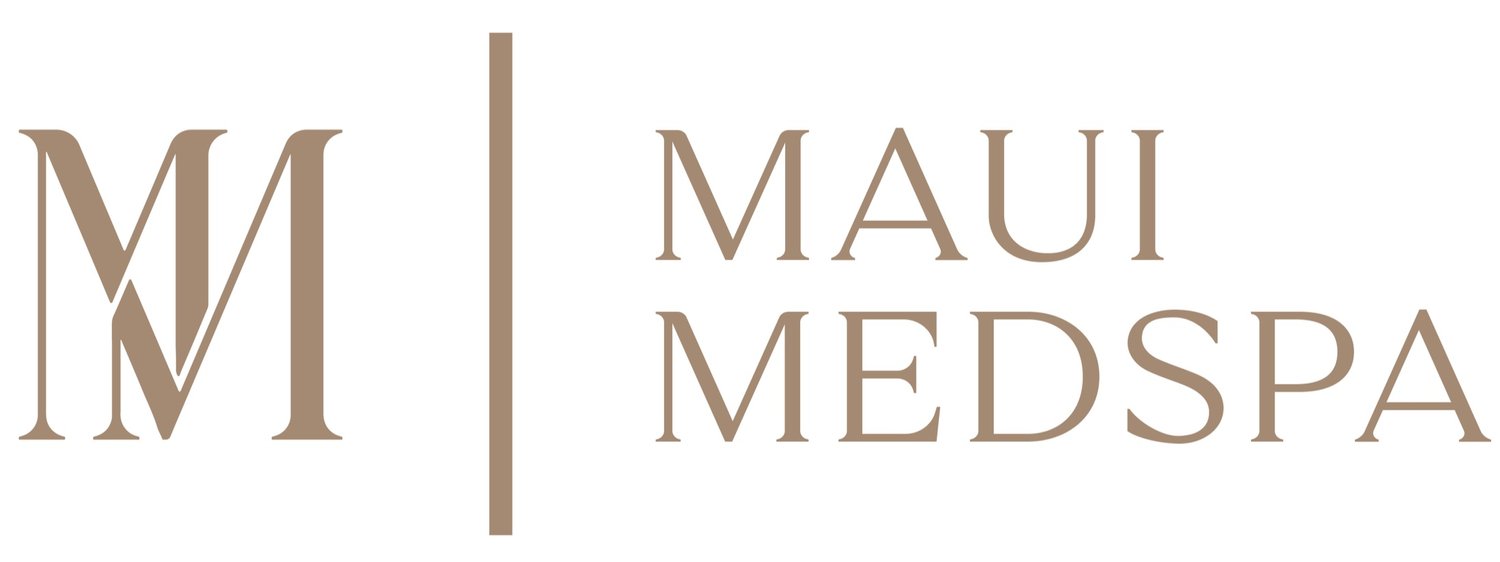Tear Trough Filler vs. Blepharoplasty: Which Treatment Is Right for You?
If you're struggling with dark circles, under-eye bags, or a sunken, tired appearance, you're not alone. The under-eye area—also known as the tear trough—is one of the first places to show signs of aging, fatigue, or genetics. Two popular treatment options for under-eye concerns are tear trough filler and lower blepharoplasty (eyelid surgery). Understanding the differences, benefits, and risks of each can help you decide which treatment is best for your needs and goals.
What Is Tear Trough Filler?
Tear trough filler is a non-surgical cosmetic treatment where a hyaluronic acid-based dermal filler, such as Restylane-L, is strategically injected beneath the eyes to improve volume loss, smooth hollowness, and reduce the appearance of dark circles. This is a quick, in-office treatment typically completed in under 30 minutes.
Benefits of Tear Trough Filler:
Non-surgical with minimal downtime
Immediate results that improve over several days
Can visibly brighten the under-eye area
Helps reduce a tired or sunken appearance
Effects typically last 6 to 12 months
Risks & Considerations:
Temporary bruising, swelling, or lumpiness
Not ideal for individuals with significant skin laxity or puffiness
Results depend heavily on injector skill and anatomical suitability
Not permanent and requires maintenance treatments
Tear trough filler is best suited for younger individuals or those with mild to moderate hollowness and good skin elasticity.
What Is Blepharoplasty?
Lower blepharoplasty is a surgical procedure that removes or repositions excess fat and/or skin from the lower eyelid area. This option is commonly chosen by individuals with more advanced aging signs such as under-eye bags, sagging skin, and deep wrinkles.
Benefits of Blepharoplasty:
Long-lasting to permanent results
Can correct puffiness, skin laxity, and fat herniation
Tightens and smooths the under-eye area
Only requires one surgical session
Risks & Considerations:
Involves downtime of 1-2 weeks for healing
Potential risks include scarring, asymmetry, or infection
Must be performed by a board-certified plastic surgeon or oculoplastic specialist
Blepharoplasty is often preferred by individuals with advanced aging changes or those looking for a more permanent solution.
Tear Trough Filler vs. Blepharoplasty: Key Differences
Which Treatment Is Right for You?
Choosing between tear trough filler and blepharoplasty depends on your specific concerns, anatomy, and desired outcome. Tear trough filler is ideal for patients with mild under-eye hollowing, minimal skin laxity, and a desire for quick, subtle improvement. Blepharoplasty may be more suitable if you have pronounced puffiness, sagging skin, or want long-term rejuvenation without ongoing maintenance.
A consultation with a qualified aesthetic provider or surgeon can help assess your anatomy, review your goals, and recommend the best treatment approach.
FAQ: Common Questions About Tear Trough Filler & Blepharoplasty
How much does tear trough filler cost?
Tear trough filler typically costs between $600 to $1,000 per session, depending on the product used, injector experience, and geographic location.
How long does tear trough filler last?
Results generally last 6 to 12 months, though this varies by individual metabolism and filler type.
How much does blepharoplasty cost?
Lower eyelid surgery ranges from $3,000 to $6,000+, depending on the provider, surgical setting, and extent of the procedure.
Is tear trough filler safe?
Yes, when performed by a skilled provider. However, the under-eye area is delicate, and risks increase if done incorrectly. Always choose an experienced injector.
Can I do both treatments?
In some cases, a provider may recommend tear trough filler as a first step before considering surgery. For others, a combination of both (e.g., surgery followed by subtle filler) can yield optimal results.
Brighten & Rejuvenate Tired Eyes
Whether you opt for tear trough filler for a quick refresh or blepharoplasty for long-term transformation, the key is choosing the right treatment based on your goals and anatomy. Both options can significantly improve under-eye appearance, but they serve different purposes.


